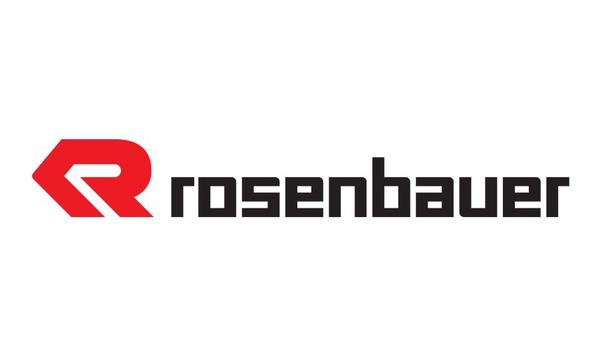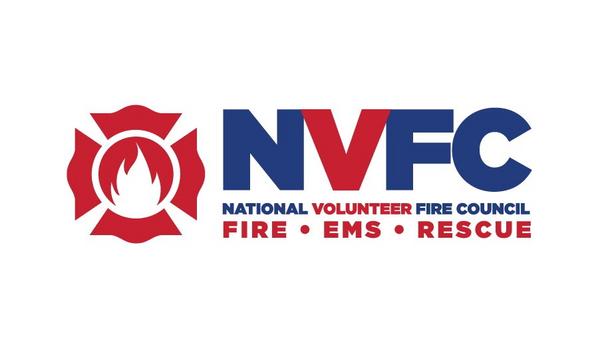Employee Check-Ins - In addition to manual triggers for help, safety monitoring solutions blend fall detection and person-down detection with employee check-in prompts. But aren’t employee check-ins passé? The quick answer is yes and no—read on to learn how modern employee check-ins differ from their old-school processes and continue to provide value to organizations.
Old-School Check-Ins - Traditional lone worker check-in processes require all employees to periodically cease their work to manage a check-in. Sometimes these check-ins are informal, requiring the employee to call a co-worker, an individual who is on-call, their supervisor and even a call center or automated phone system.
Safety monitoring device
Regardless as to who performs the monitoring function, during the employee’s check-in, the business is losing valuable productivity— such systems are not acceptable in the Information Age. Not only this, businesses need to balance the scheduled interruption with the need for business productivity.
Compounding the situation further, the time to detect an incident is limited by the check-in interval itself. A two-hour check-in respects the business’ bottom line but it does not do everything it can to deliver help potentially 2 hours later. And by that time, where is the employee located?
Electronic technology provides the opportunity to eliminate the employee productivity drain
New-School Check-Ins - Electronic technology provides the opportunity to eliminate the employee productivity drain while providing an increasing level of rigor. Some safety monitoring solutions are able to provide a configurable check-in timer that requests the employee working alone to check in on a more frequent basis, delivering a more timely safety alert when required. Such a request is normally through an audible, visual and tactile indication by the person-worn safety monitoring device.
Electronic monitoring solutions
The employee’s responsibility, if he or she is present and able, is to press a check-in button. Without such a button-press within a configurable time period (often 30 seconds), a missed check-in alert will be communicated to monitoring personnel.
Background: The safety monitoring of lone workers has traditionally been managed through spot checks by supervisors, phone or radio-based check-ins by each employee, with help of the buddy system or not at all.
In recent years, electronic monitoring solutions, such as Blackline’s G7 product family, have contributed to automation of ensuring the ongoing wellbeing of personnel. This is accomplished by combining automatic and manual safety alert triggering with wireless communications and location technology to help find an employee in distress.
Emergency response capability
G7 solutions from Blackline can pay for themselves while dramatically making a difference
Part Two, provides a business case that compares the real cost of manual check-in processes against that of Blackline’s Loner safety monitoring solutions. In nearly all scenarios, G7 solutions from Blackline can pay for themselves while dramatically making a difference in an organization’s emergency response capability.
Don’t Other Automatic Alerts Remove The Need? Some organizations choose to leverage fall detection and person-down detection as the main safety monitoring automations to detect an employee in need of assistance. The answer to this question relates to optimizing safety monitoring device configuration for each employee’s role and environment.
Some employees work in and out of high-vibration environments, for example. Regarding automated persondown detection, high environmental vibration may be sufficient to degrade consistent detection of an incapacitated employee. In this case, a periodic employee check-in request provides the rigor to ensure ongoing wellbeing without an impact on productivity. In contrast, other employee roles may not require a check-in process.
Employee positioning technology
A Better Solution - Real-time employee safety monitoring solutions address the shortcomings of manual check-in processes. Blackline’s G7 employee safety monitoring solutions detect safety incidents in real-time using True Fall Detection, no-motion (person-down) detection, and missed check-in detection. Employees can also request help instantly using the SOS latch.
G7 solutions combine communications and employee positioning technology G7 solutions combine communications and employee positioning technology to notify monitoring personnel in realtime of a safety incident with complete knowledge of who the employee is, where he or she is located, the type of safety alert, and where other nearby resources are located.
Managing a safety incident has never been more timely, confident, or precise. Make a difference in the emergency response capability with solutions from Blackline.
Higher-risk activities
Using Modern Check-Ins - The first step is to decide upon a check-in interval that usually ranges from 15 to 30 minutes for higher-risk activities to every hour for lowerrisk applications. Because safety monitoring device check-ins have a low impact on productivity, a more frequent check-in period increases rigor while not degrading emergency response capability.
The second step is to choose the time offered to the employee to check-in when requested—often employees are required to check in within 30 seconds but for noisy environments this can be increased to 60 or 90 seconds. When the employee is prompted to check in, he or she will simply press the check-in button and continue working. There’s no productivity interruption on the order of a minute or more to manage a phone or radio call like manual processes.
Employee role and location
Device Configurations - All employees within an organization are not the same—some work offhours or in isolated locations from others. Some personnel work in high vibration or loud environments while others don’t.
When choosing a safety monitoring solution, it’s important to ensure that the right products are available for each employee role and location—a one-size-fits-all approach may not be ideal. Further, each safety monitoring device must be configurable over-the-air to address the unique requirements of all individuals and applications.
Blackline’s device configuration profiles are a key tool within our Blackline Live cloud-hosted portal that ensures each G7 device is correctly configured—for every employee role. G7 devices are automatically configured over-the-air when profile settings are changed or added to a new or different profile.













